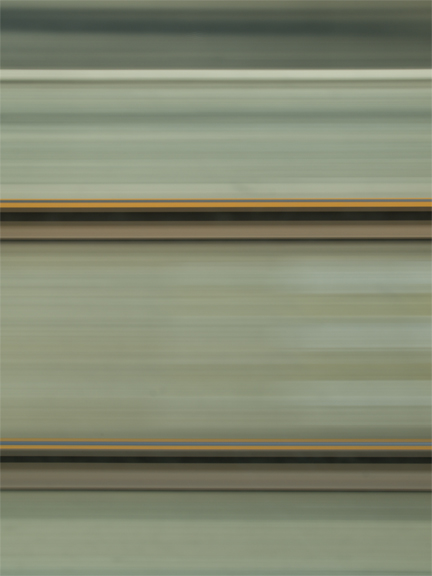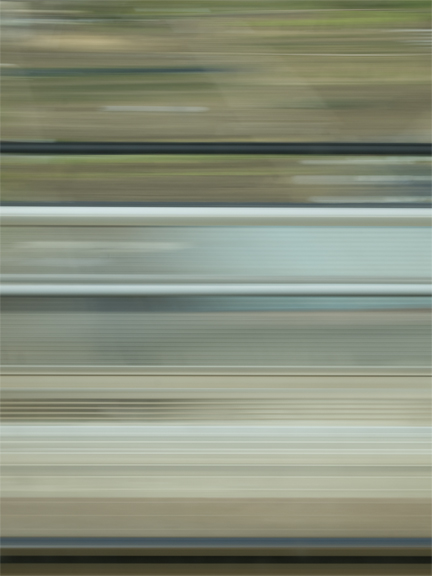If you've ever spent any time reading this blog before, you know I basically spend most of my time writing about two disciplines: drawing (and/or painting, etc) and story telling. The older I get and the more time I spend working at improving at these two things, the more things I think they have in common.
Both are incredibly difficult and both are constantly humbling. In order to do well at either you need to fail constantly and learn from each failure. Every story is different and every drawing is different.
In both areas, people are constantly looking for easy answers, formulas and short cuts.
And in both areas there are none to be had. And trying to find them will lead to cliched and unsatisfying drawings and stories.
The only way I know for sure to make good drawings or good stories is to constantly work at them and rework them and rework them and rework them and rework them until they are as good as you can make them. That's why good stories and good drawings are rare and both are things of great value. Because very few people have the patience, discipline and humility to create great ones.
Here is some simple advice about storytelling from David Mamet's "Bambi vs. Godzilla". He makes the point that storytelling isn't really complicated but it's very hard to do.
This chapter is entitled "Secret Bonus Chapter: The Three Magic Questions". And I have found that storyboarding is, in many ways, constantly answering these three questions in every panel. Sounds overly dramatic, I know, but I mean it. This is the single greatest thing I have ever read about writing and I con only say that, based on my twenty years of storyboarding, all that he says is absolutely true. Anyway, enjoy:
Secret Bonus Chapter: The Three Magic Questions
Here is the long-lost secret of the Incas. Anyone who wants to know how to write drama must learn to apply these questions to to
all difficulties. It is not only unnecessary but also impossible to know the answers before setting out on the individual project in question, as there are no stock answers.
The secret of the Incas, then, is like the Torah, beloved of my people, the Jews. We read the Torah, the five books of Moses, every year, in the same order. Every year the meaning of the Torah changes, though the text remains unchanged.
As the writer changes, year to year, his or her perceptions and interests change. At twenty he is interested only in sex, at thirty in sex and money, at forty in money and sex, at sixty in money and validation, et cetera.
No one can write drama without being
immersed in the drama. Here's what that means: the writer will and must go through
exactly the same process as the antagonist (for what is the antagonist but a creation of the writer?).
The writer may choose to supply stock, genre, or predictable answers to the magic questions, and the drama will be predictable and boring. The writer will have saved himself the agony of indecision, self-doubt - of work, in short - and so, of course, will the protagonist. The audience will view this pseudo-drama much as the graduate views a liberal arts education: "I don't think anything happened, but I'm told I went to college, so, perhaps, I somehow got an education".
All right, you may complain, get to the fairy dust portion of the entertainment and vouchsafe to me the secret of the Incas.
Here it is.
The filmed drama (as any drama) is a succession of scenes. Each scene must end so that the hero is thwarted in pursuit of his goal - so that he, as discussed elsewhere, is forced to go on to the next scene to get what he wants.
If he is forced, the audience, watching his progress, wonders
with him, how he will fare in the upcoming scene, as the film is
essentially a progression of scenes. To write a successful scene, one must stringently apply and stringently answer the following three questions:
1. Who wants what from whom?
2. What happens if they don't get it?
3. Why now?
That's it. As a writer, your
yetzer ha'ra (evil inclination) will do everything in its vast power to dissuade you from asking these questions of your work. You will tell yourself the questions are irrelevant as the scene is "interesting," "meaningful," "revelatory of character," "deeply felt'" and so on; all of these are synonyms for "it stinks on ice".
You may be able to dissuade your
yetzer ha'ra by insisting that you were and are a viewer before you were a writer, and that as a writer, these three questions are all you want to know of a scene. (You come late to a film and ask your friend there before you, "What's going on? Who is this guy? What does he want?" and your friend will, as a good dramaturge, explain that the subject of your inquiry (the hero) is the vice president of Bolivia, and he wants to determine where his boss is, as the bad guys are going to ambush him, and if he, our hero vice president, does not extract the info from the reluctant mistress, whom the president has just thrown over, the bad guys will kill his boss and bring down the country.)
1. Who wants what from whom?
2. What happens if they don't get it?
3. Why now?
As one becomes more adept in the use of these invaluable ancient tools, one may, in fact, extend their utility to the level of the actual spoken
line and ask of the speech, no doubt beginning, "Jim, when I was young I had a puppy...." "Wait a second, how does this speech help Hernando find out where his boss, the president of Bolivia, is?" And you may, then, be so happy - not with the process but with the
results of your assiduous application of these magic questions - that finding the puppy speech wanting in their light, you will throw it to the floor and out of the scene it was just about to ruin.
These magic questions and their worth are not known to any script reader, executive, or producer. They are known and used by few writers. They are, however, part of the unconscious and perpetual understanding of that group who
will be judging you and by whose say-so your work will stand or fall: the audience.











































